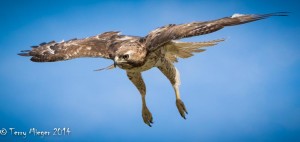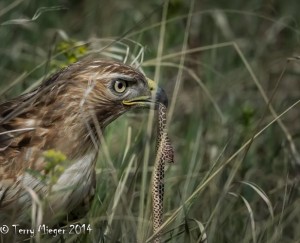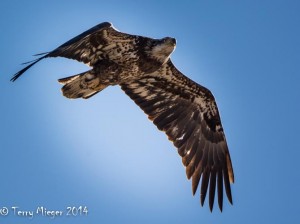Images from the Id – Ok, It’s Time to Organize or How Stupid Can a Smart Guy Be?
Sometimes I get myself into things. I know it’s my own fault but I just can’t help it. It’s sort of like a Greek Tragedy (should that be caps?), where the hero crashes because of a flaw in his character. Not to say I have a flaw or even character. You be the judge, I have given up. An insatiable, relentless and consuming curiosity drives my life. I have to know how everything works and one step farther, why, and worse- I have to tell everyone else about even if they really don’t care.
This week I have been doing something I never thought I would ever do. I never thought I would be a writer, or a public speaker, just ask my past teachers who gave me “Cs” out of kindness and in an attempt to get rid of me. These last two weeks I have done two 1-2 hour presentations, a 10 minute impromptu one and written three segments of an introduction to Photoshop workshop this Saturday. Preparing images for three monthly competitions add to the fun. It’s getting so my wait to the last minute disorganization will no longer fly. Educational/technical writing is much more difficult than imagined. Put together with being President of two camera clubs, actually one is a confederation of four clubs, sometimes I just sit like a zombie in the Lazy-boy chair and stare into the distance. I don’t feel it is stressful but someday it may all come crashing down
Organization and planning are the answers. I am sitting here on a computer that has over 110,000 images on two hard drives. I dare anyone to find whatever they want in that haystack. Luckily we have lots of help. Apple and Adobe have software to help. There may be others but these are the ones I am familiar with. Apple has two options. The easy to use iPhoto is great for the snapshot not to serious family shooter. It does some things really well such as Apple account including iPhone integration. Aperture 3 is a big step up and even works well for some professionals. Adobe has Lightroom 5 which in my opinion is a major step up. There is a bit of a learning curve with all of theme but it is well worth it. I have become a Lightroom guru. I make extra money tutoring it along with Photoshop. I have used the others and without question Lightroom is the best for a photographer wanting to have software they will not grow out of. Until the end of May, it is available for $9.99 a month as the “Adobe Photographer’s Bundle” This is an unbelievable deal. If you have ever wanted to get into the Adobe software do it now. There is a huge amount of help on line to get started. It’s the way to go.
Along with organizing Lightroom does much more. The Develop Module is great and much of your processing will not need anything else. GET IT NOW!
Next week What’s a Lightroom??
Photo of the Week – New Mexico Pronghorn 1/1500 sec; ISO 800; 400/600 mm; 0 EV Raw file Totally processed in Lightroom













